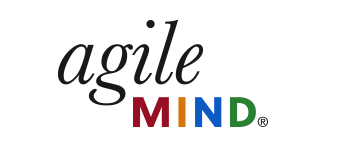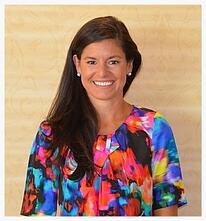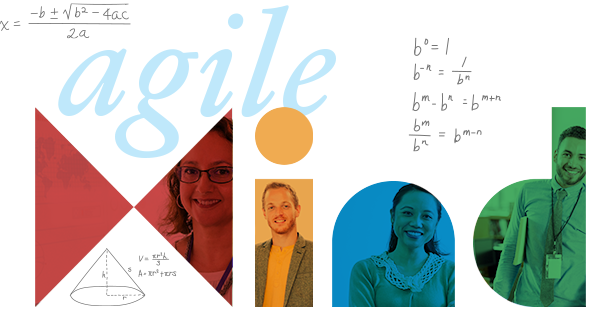As a classroom teacher, I spent considerable time sifting through data in search of information. I wanted to distill volumes of quiz and test results to a focused understanding of where my classes and individual students were struggling. Despite considerable time and effort, I was typically left with a combination of intuitive understanding and patchy data – enough to make a difference for my students, but I knew there was much more potential that I simply didn’t have the time to capture.
I see this reality writ large in my day to day work with teachers and administrators. Formative assessment has become a core part of daily instructional practices in districts across the country.
Our ability as a profession to efficiently provide feedback based on this data in ways that can effectively inform instruction holds great potential for the success of the children we serve.
On top of our desire to use assessment information to support instruction, standards have increased in rigor, and achievement is now being assessed with a new generation of technology-enhanced assessments. These new assessments will take some getting used to, and districts should provide opportunities for students to practice them. But more importantly, I think they represent a learning opportunity for both teachers and students.
New assessment types ask students to use and demonstrate critical thinking skills and depth of knowledge in more dynamic ways. In many cases working through these assessments will support and advance learning. In addition, when delivered within a well-designed formative assessment system these new assessments put data and information into the hands of teachers, allowing them to efficiently provide feedback and adjust learning.
With these new assessments and more readily available information, we can make assessments powerful learning opportunities in themselves. They become formative assessments for learning as opposed to assessments of learning.
Formative assessment systems are valuable resources that can support these objectives, but they vary widely in their approach and substance. We at Agile Mind have been working on next-generation technology-enhanced assessments for years, and I am very excited by our supplemental program, Agile Assessment. Agile Assessment’s next-generation items replace or supplement standard multiple choice questions with more rigorous technology-enhanced questions. Students have innovative ways to represent their knowledge, and teachers are able to more powerfully assess student understanding.
I am excited by the instructional opportunities offered by next-generation assessments, and encourage educators to learn more about these tools and how to implement them successfully to advance student success. To learn more about Agile Mind’s assessment options, review this Fact Sheet.
Good luck with the new generation of assessments!
Nicole Whitecar
Director of Professional Services
_______________________________________________________________________________________________________
Agile Assessment items were authored in collaboration with the Charles A. Dana Center at The University of Texas at Austin. Both Agile Mind and the Charles A. Dana Center have collaborated on next-generation public resources such as the PARCC prototyping project, the CCSS toolbox, the TEKS toolbox, and other projects to further the advancement of student achievement in mathematics.




